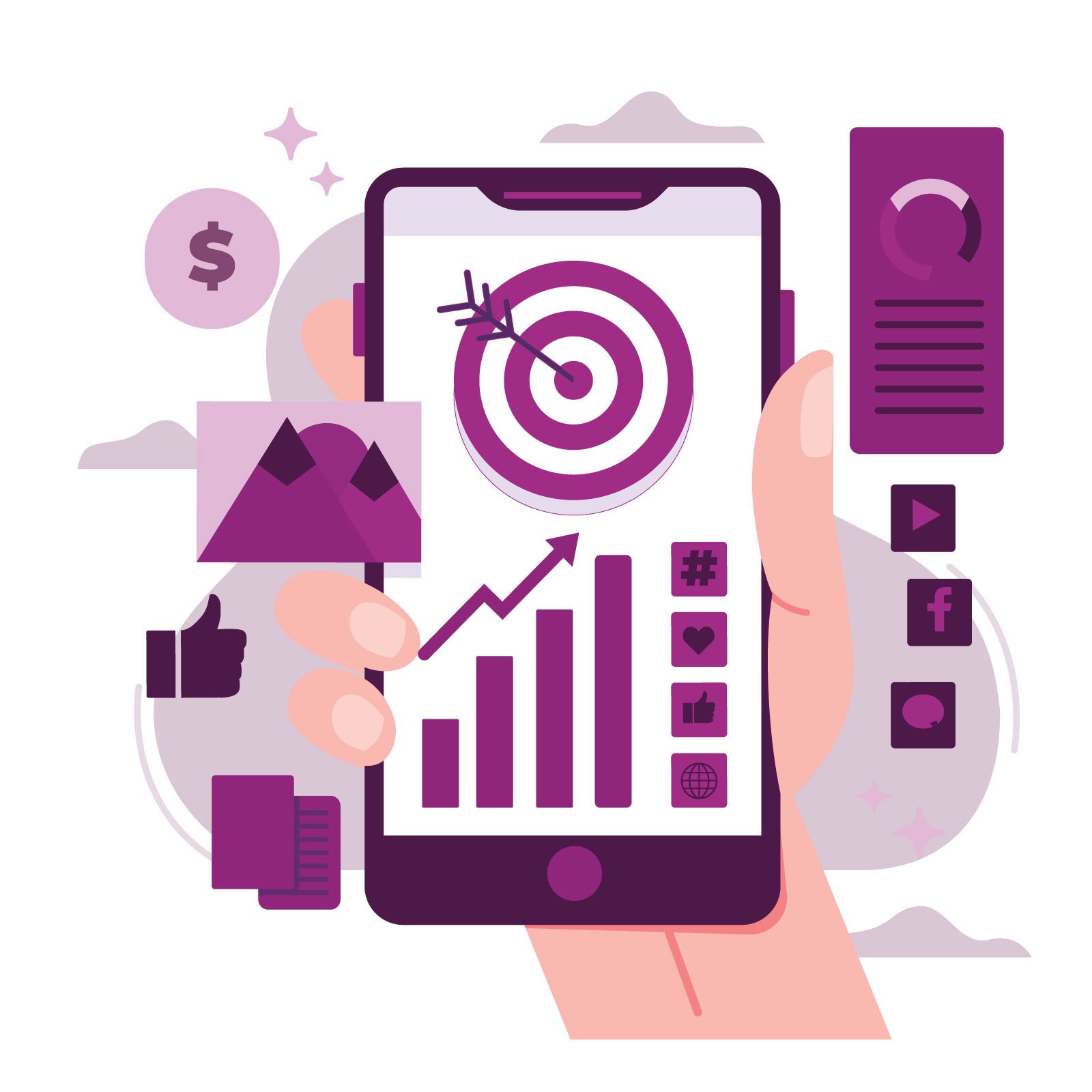For any e-commerce business, customer acquisition cost (CAC) and customer lifetime value (CLV) are the two most important metrics to measure long-term growth.
Most financial managers spend a lot of time making sure the metrics are correct and they have an optimised cash flow. But they don’t spend enough time figuring out if the business is actually making enough profit.
Here are some questions to ponder upon:
- Is every sale contributing positively to your bottom line?
- What is the actual cost of acquiring a new customer?
- Are your sales costs minimal, and is your profit margin high?
This is where CAC and CLV come into the picture. Let’s take a look at these metrics and how they impact your overall growth and profitability.
CAC: The Cost of Acquisition
CAC measures the total cost of attracting a new customer to your business. This includes expenses such as marketing, advertising, sales commissions, and any other costs associated with acquiring a customer.
CLV: The Customer Lifetime Value
CLV, on the other hand, represents the total revenue a customer is expected to generate for your business over their lifetime. This includes repeat purchases, referrals, and any additional value they bring.
How To Calculate CAC?
CAC is a crucial metric that measures the cost of acquiring a new customer.
To calculate it, simply divide your total marketing expenses by the number of new customers acquired within a specific period.
Here’s the formula:
CAC = Total cost of acquiring customers / Number of new customers acquired
It’s essential to calculate CAC for each channel. Only then you know which channels are driving the most conversions and how their performance changes over time.
Remember, SEO and content marketing shouldn’t be bundled with short-term advertising campaigns when calculating overall CAC. This can distort the true cost of acquiring customers through SEO.
For instance, if you spend $400 on four blog posts and these posts directly lead to four conversions, your SEO CAC for that month would be $100. This calculation assumes that no other marketing efforts contributed to those conversions.
How To Calculate CLV?
CLV estimates the total revenue a customer will generate over their relationship with a company. It considers factors like repeat purchases, referrals, and upselling opportunities.
Here’s the formula:
CLV = Average customer purchase value * Average number of purchases per customer * Average customer lifespan
What are the key components of CLV?
- Retention: The ability to keep customers engaged and loyal.
- Cross-Selling: Encouraging customers to purchase complementary products or services.
- Upselling: Promoting higher-value or premium versions of existing products.
CAC vs. CLV: Which Metric Matters For e-Commerce Success?
When calculating CAC and CLV, it’s important to consider:
- Timeframe: Define a specific timeframe for calculating CLV, such as a year or customer lifespan.
- Customer segmentation: If your customer base is diverse, consider segmenting them to get a more accurate understanding of their CLV.
- Retention rate: A high retention rate can significantly increase CLV.
- Customer lifetime: Factors such as customer loyalty, product life cycles, and industry trends can influence customer lifetime.
By understanding the CAC and CLV relationship, businesses can make informed decisions about their marketing strategies, pricing, and customer retention efforts.
Calculate CAC and CLV:
- CAC: Divide your total marketing expenses by the number of new customers acquired in a given period.
- CLV: Multiply the annual revenue per customer by their expected customer lifespan, then subtract the CAC.
What Do Different CLV: CAC Ratios Mean?
While CAC provides valuable insights, it doesn’t capture the full picture of a customer’s value to a business. This is where CLV comes into play.
A healthy business model requires a balance between CAC and CLV.
CLV:CAC = 1
When CAC and CLV are equal, it suggests that the cost of acquiring a customer is equal to the revenue they generate. While it appears profitable, the brand is actually losing money on each customer acquisition.
CLV:CAC < 1
If CAC is higher than your CLV, you’re spending more to acquire a customer than they’re worth to your business.
CLV:CAC > 1
If CLV is greater than CAC, it indicates that your customer acquisition is successful at a basic level. However, aiming for a much higher ratio (3:1 or more) is often necessary for long-term profitability and business health.
Even if CLV exceeds CAC, the business needs to account for how long it takes to recover the acquisition cost. If it takes years to recover CAC and cash flow is tight, it can strain the business. Retention rates, profit margins, and the cost of servicing customers are other metrics that should be considered to understand the health of the business.
8 Strategies to Enhance Your CLV to CAC Ratio
Improving your CLV to CAC ratio is a strategic step to maximise your profitability. By focusing on both sides of the equation, you can optimise your spending and get more value from each customer.
Here are eight effective tactics to achieve this goal:
1. Implement a Subscription Experience
Transition to a subscription model to increase your CLV by creating a predictable and reliable revenue stream. This simplifies the purchasing process for your customers but also reduces the need for constant individual buying decisions.
Consider offering a subscription option alongside your traditional e-commerce model to provide customers with added convenience and potential savings.
2. Create Customer Loyalty with a Rewards Program
A well-designed loyalty program can incentivise repeat purchases and increase customer retention. By offering points, discounts, or other perks, you can cultivate a sense of loyalty and encourage customers to stay with your brand for the long term. This, in turn, boosts your CLV without raising your acquisition costs.
3. Offer Prepaid Subscriptions
Prepaid subscriptions can be a powerful tool to generate upfront revenue and increase CLV. Discount, deals and offers for a long-term subscription can enhance customer satisfaction and reduce churn. This strategy works in today’s economic climate, where consumers seek ways to save money and secure future purchases.
4. Use The Power Of Customer Referrals
Referrals are a cost-effective way to acquire new customers. By encouraging satisfied customers to recommend your products or services to their friends and family, you can significantly reduce your CAC. Start a referral program that motivates customers to share their positive experiences and drive growth.
5. Minimise Friction with Reorder Capabilities
Simplifying the reorder process can enhance customer convenience to increase the likelihood of repeat purchases. By using tools that can suggest reorder options based on customer usage patterns, you can reduce friction and optimise your retention efforts. This ultimately improves your CLV while minimising your focus on acquisition.
6. Personalise Upselling and Cross-Selling
Using customer data to offer personalised upsell and cross-sell recommendations can increase AOV and boost your CLV. Analyse customer purchase history and browsing behaviour to identify complementary products or upgrades that may interest them.
7. Optimise Paid Ads for Efficiency
Optimise your paid ad campaigns to maximise ROI. With A/B tests and continuous monitoring performance, identify the most effective messaging and targeting strategies to reduce your CAC and improve your overall marketing efficiency.
8. Implement a Strategic Free Shipping Threshold
Offer free shipping to incentivise customers to spend more and increase your AOV. By setting a strategic threshold, you can encourage customers to add additional items to their carts to qualify for free shipping, ultimately boosting your CLV.
Once you enhance the CLV to CAC ratio, it’s easier to drive sustainable growth, make data-driven decisions to optimise customer acquisition, retention, and upselling strategies, and improve the overall profitability of your business,
Need a fresh perspective? Let’s talk.
At 360 OM, we specialise in helping businesses take their marketing efforts to the next level. Our team stays on top of industry trends, uses data-informed decisions to maximise your ROI, and provides full transparency through comprehensive reports.












.png)




